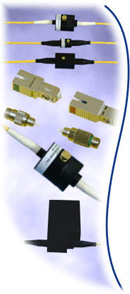 |
Motor Driven Variable Attenuator Questionnaire
|
Tel.: 1-613-831-0981 | Toll free: 1-800-361-5415 | Fax: 1-613-836-5089 | sales@ozoptics.com Support | Products | Company | News | Contact OZ | Careers Copyright © 1985– OZ Optics Ltd. All rights reserved. |
 |
|||



